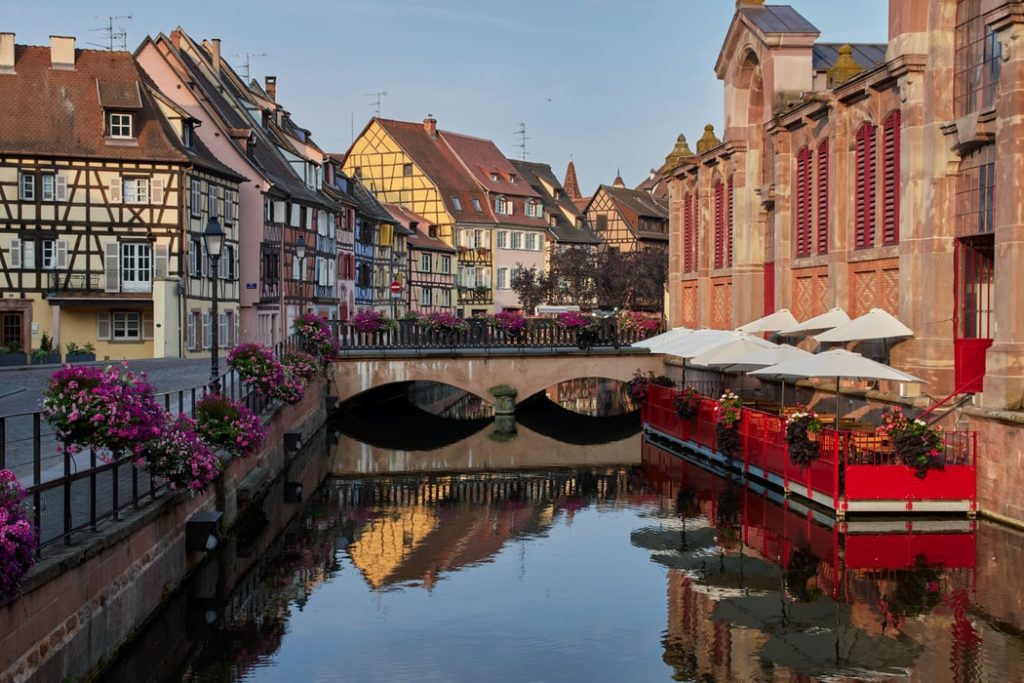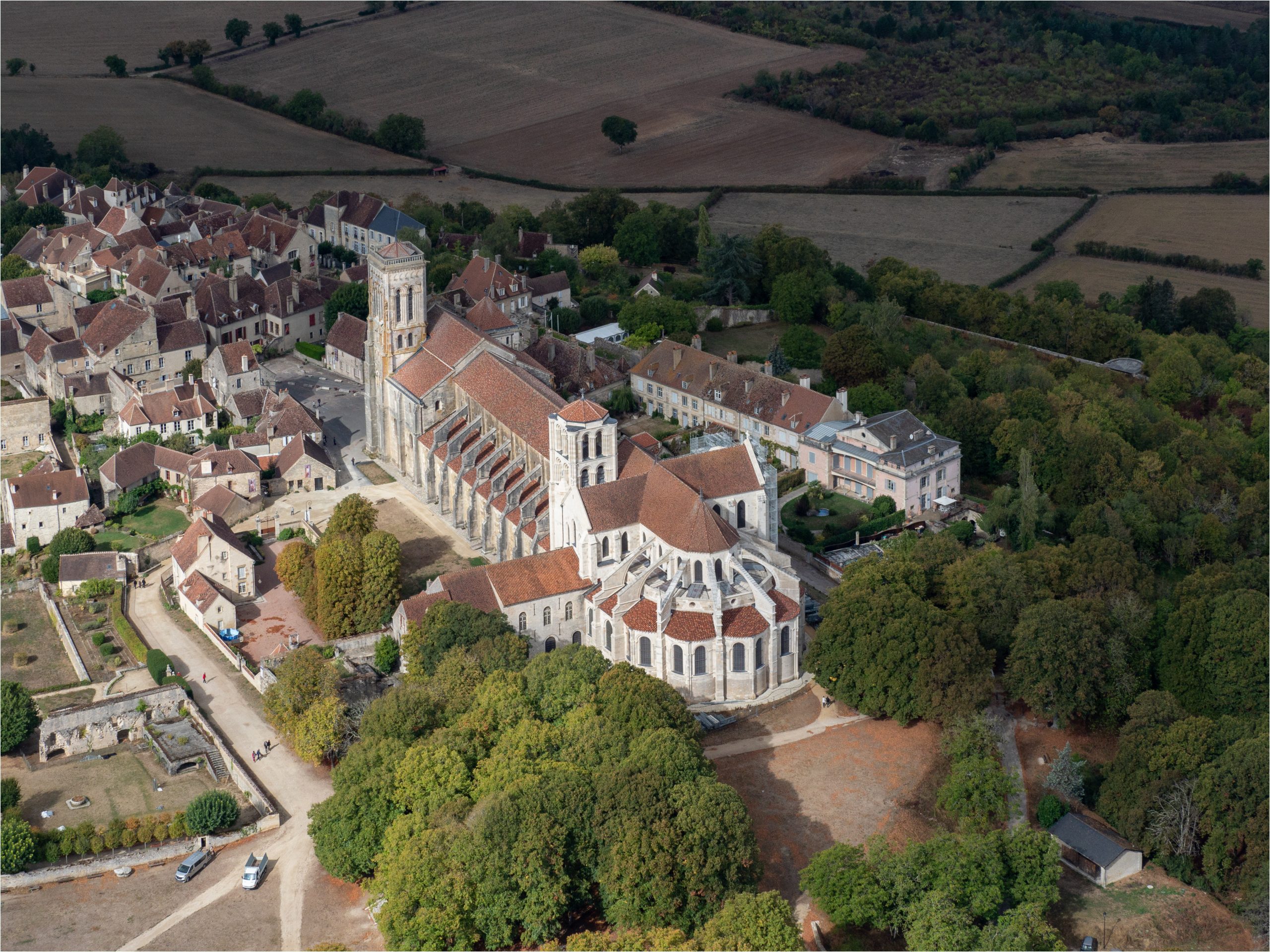
NOV 03rd TO 07th, 2025
PARIS, FRANCE
A photograph of the region
![]()
![]()
![]()
![]()
![]()
![]()
![]()
![]()
![]()
![]()
![]()
![]()
![]()
![]()
![]()
![]()
![]()
![]()
![]()
![]()
![]()
![]()
![]()

France DMCs share with DUCO tips on gastronomy, landscapes, and secret treasures


Emmanuel Cornubet from luxury DMC The 1492 Company whets your appetite with flammekueche, a little-known delicacy from the Germany-bordered region of Alsace.
Gastronomic Storytelling
The eastern French region of Alsace is almost unknown to tourists except around Christmastime when the “Marche de Noel” heralds the region’s well-known Christmas market in Strasbourg (Christkindelsmarik, in the local tongue). However, Alsace has a lot to offer, not least its gastronomy. Of course, culinary offerings such as choucroute are already famous even beyond the French borders. But a lesser-known dish worthy of praise is the flammekueche. This thin-crust pizza is made with crème fraîche, sliced onions, and smoked lardons and is traditionally served as an appetizer—though it holds its own as a main dish.
To personalize by adding cheese seems almost obvious, especially considering that Alsace has many local specialty cheeses which deserve recognition. Local producers are always happy to welcome cheese enthusiasts for a private insider’s visit and tasting. However, the purists would frown and argue that the only way to enjoy the “real thing” is at one of very few establishments in Alsace that are part of “the brotherhood of the true flammekueche.” It sounds like a bad French adaptation of an Indiana Jones adventure; but this designation does exist and proudly defends the original recipe for this unique local delicacy. Hardcore flammekueche defendants can be found at restaurants such as Taverne de l’Ackerland, Auberge Burgschenke, and S’Bronne Stuebel, to name a few.
It’s worth noting that a flammekueche baked with a wood-burning fire tastes wonderful, and therefore, the “real thing” should be enjoyed at least once in a food adventurer’s lifetime.
Best Enjoyed:
This is a personal preference of which I’m sure traditionalists would not approve. A slice of flammekueche with a glass of Alsatian ice wine is heaven in my world. I find that the sweetness of the ice wine balances the saltier notes of the bacon (lardons). I also love the natural and technical wonders of Alsatian ice wine. While sipping a glass, I can’t help but picture its fairytale harvesting process: images of snow-covered fields where hurried farmhands rush to capture those fragile and delicate icy pearls by candlelight in the dead of the night.
For more information about The 1492 Company, click here.


Philip Haslett of luxury DMC Kairos Travel dishes all things northern Burgundy—where he lived for 16 years working as a tour guide, luxury hotel barge captain, and commercial balloon pilot—giving us a handful of precious cultural gems of the area.
Tell us about this hidden treasure.
For many, Burgundy is associated with wine, mustard, Beaune, and Dijon. While these four are indeed important features of the region, they represent just one very specific aspect of it. Burgundy has one of the richest collections of cultural heritage in France beyond the aforementioned cultural hotspots. Northern Burgundy includes one of the last major Romanesque constructions in France, the Basilica of Vézelay. It was built at the same time as the first major Gothic construction in France, the Cathedral of Sens, which happens to be where my parents were married! In this area, the Abbey de Fontenay was the blueprint for all Cistercian abbeys in the country, whereas the battlefield of Alesia holds the heritage of Julius Cesar conquering and occupying Gaul. Of course, the list continues with beautiful medieval villages such as Noyers or Flavigny sur Ozerain, where Chocolat starring Johnny Depp and Juliet Binoche was filmed. Of course, in the north, Chablis vineyards lead the pack. Still, some delicious finds also await to be discovered in St. Bris, Irancy, and Chitry, which boast local specialties to taste bien sur!
If you had to name just one jewel in Burgundy’s crown, what would it be?
To pick just one would be an impossible task. However, everyone I have taken to this lesser-known part of Burgundy has left feeling like they had discovered something truly special and unique. Their only desire is to come back as soon as possible. Burgundy is at its best in June and September, and of course in the summer months, as well.
For more information about Kairos Travel, click here.
